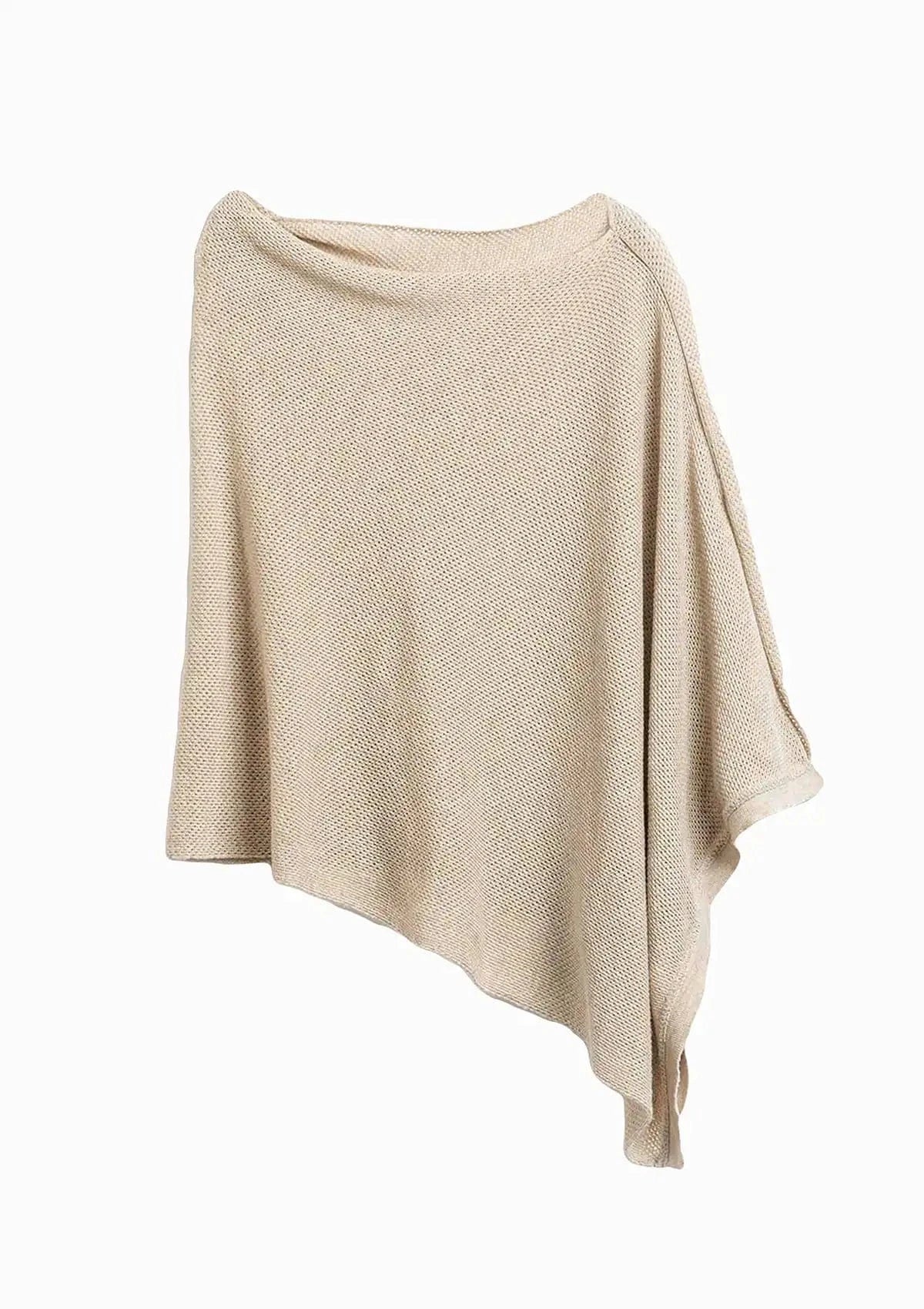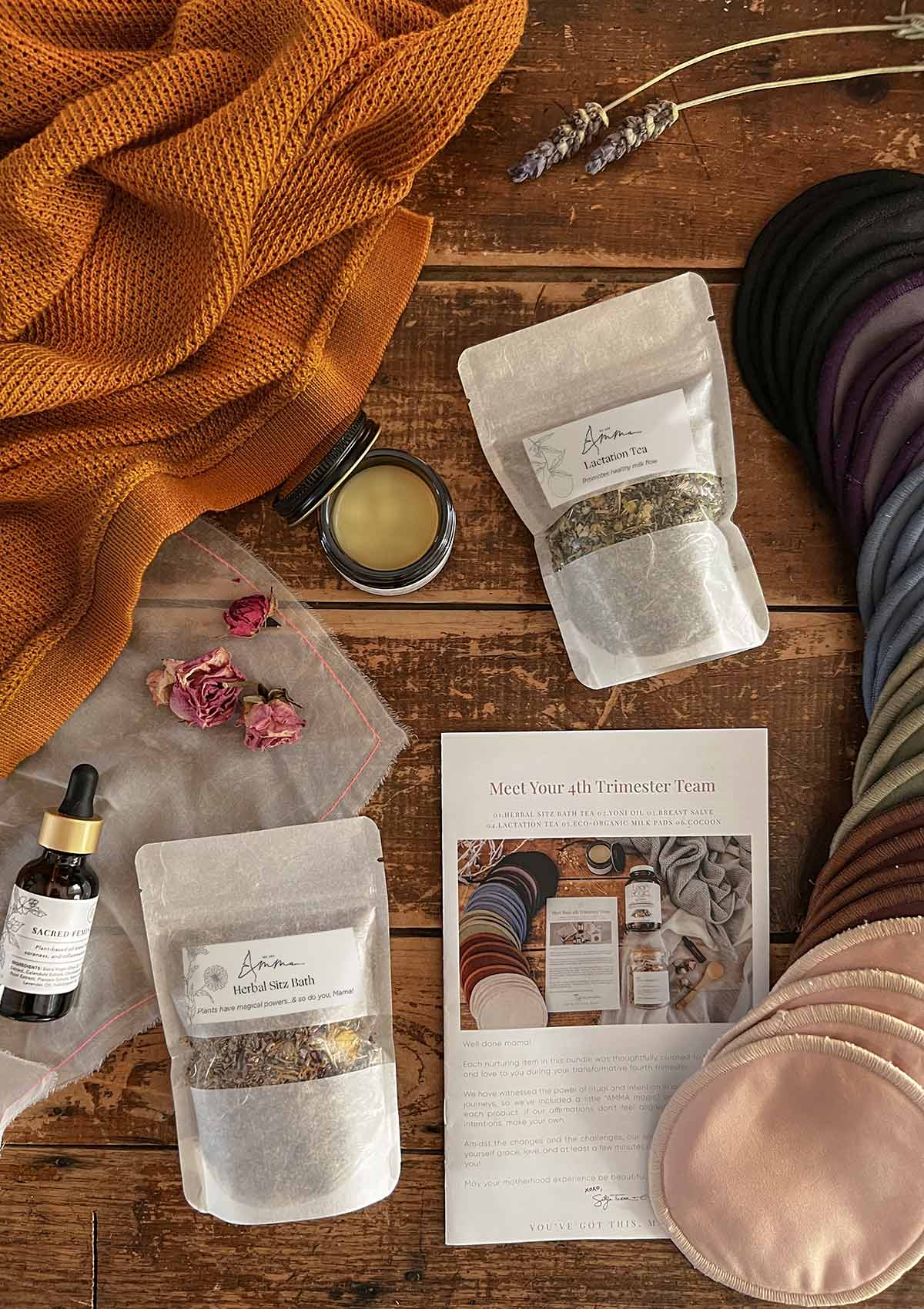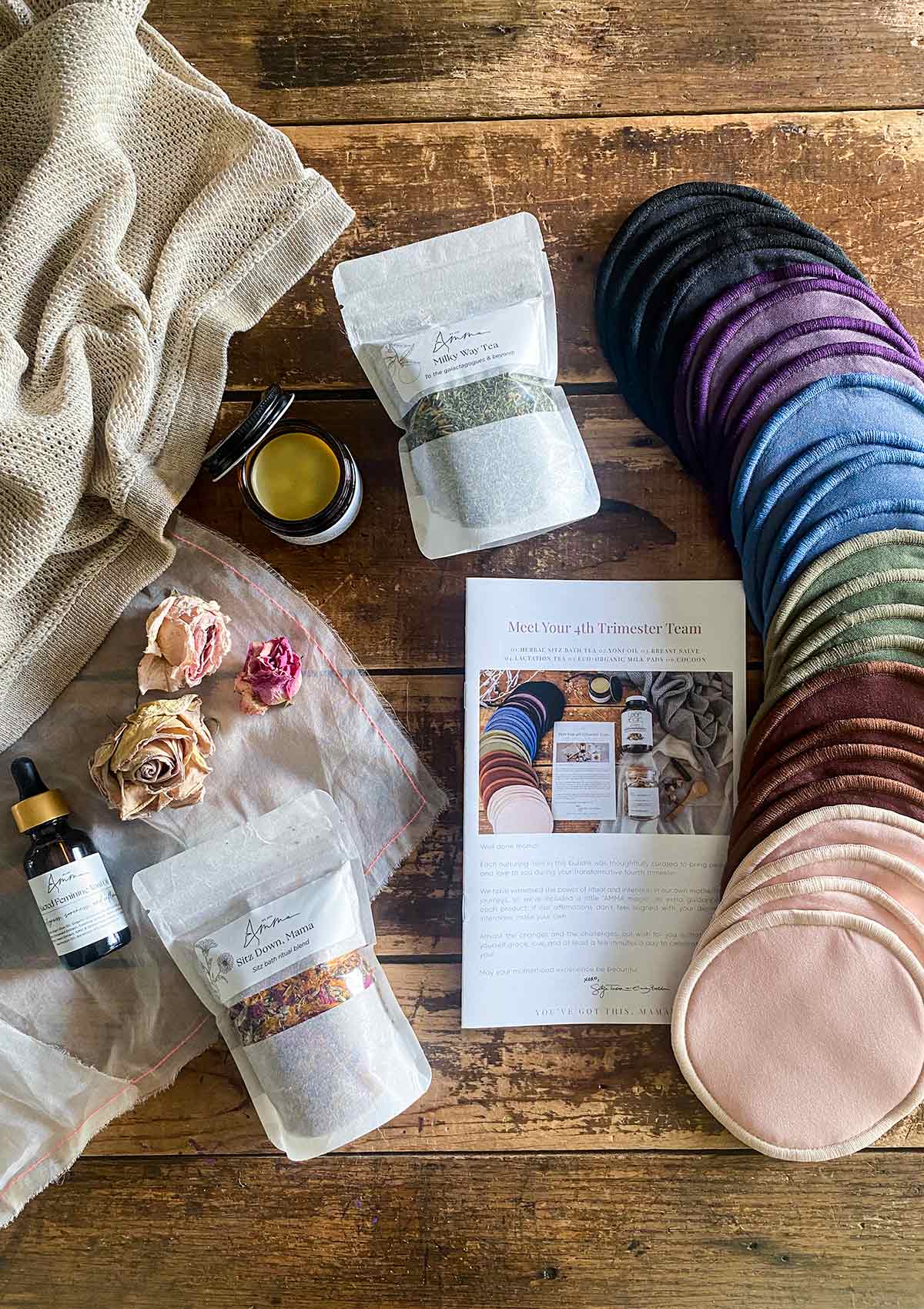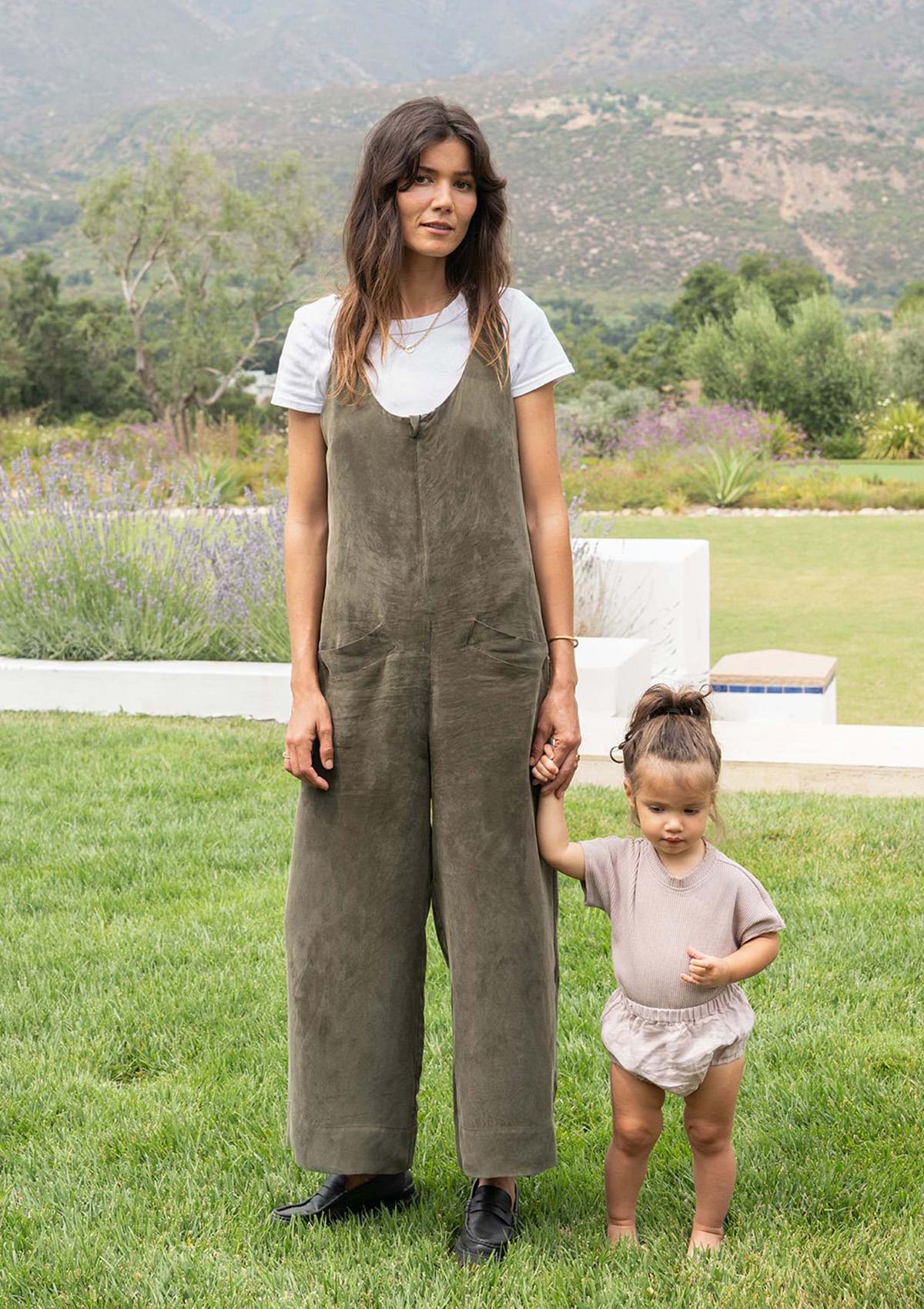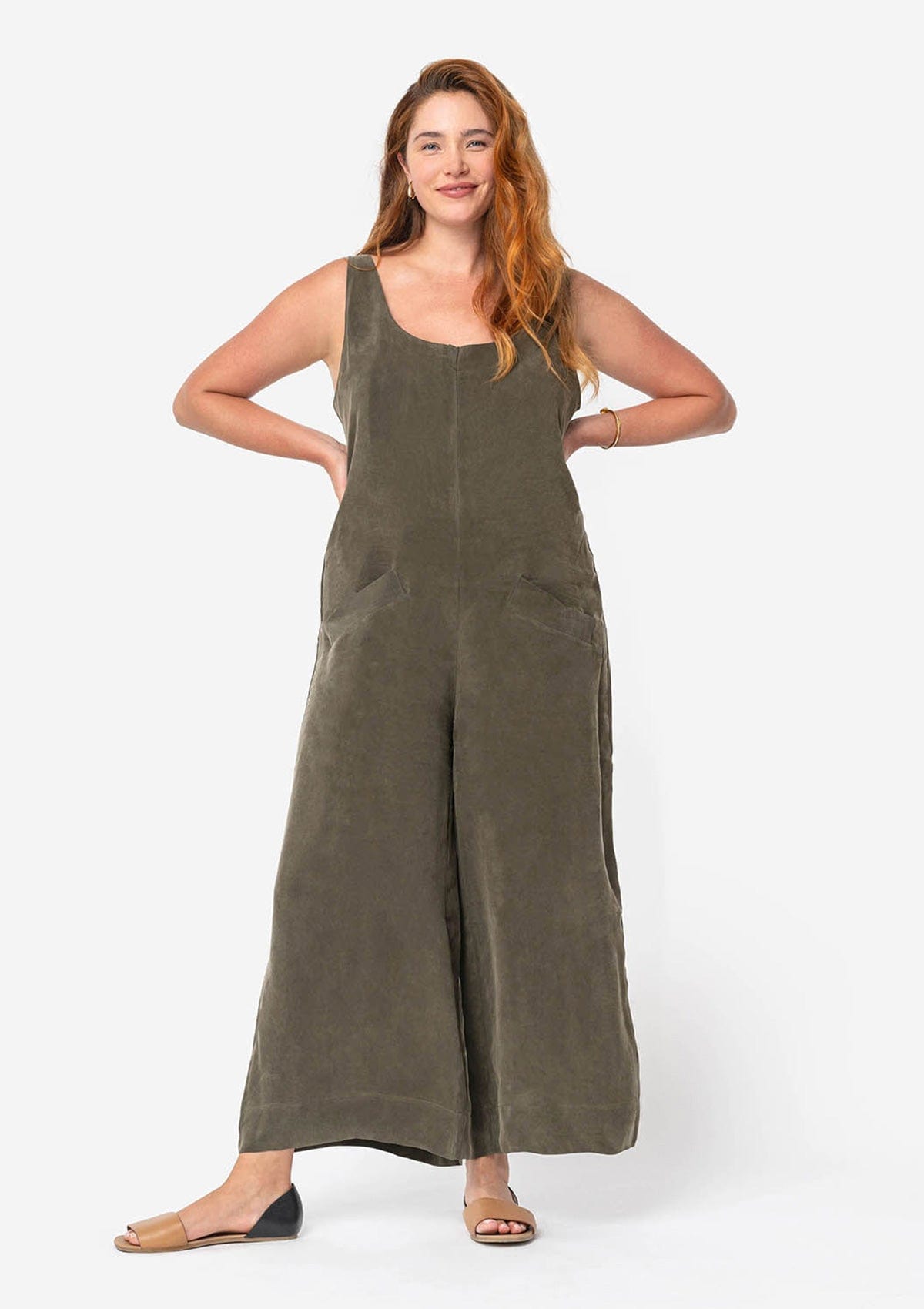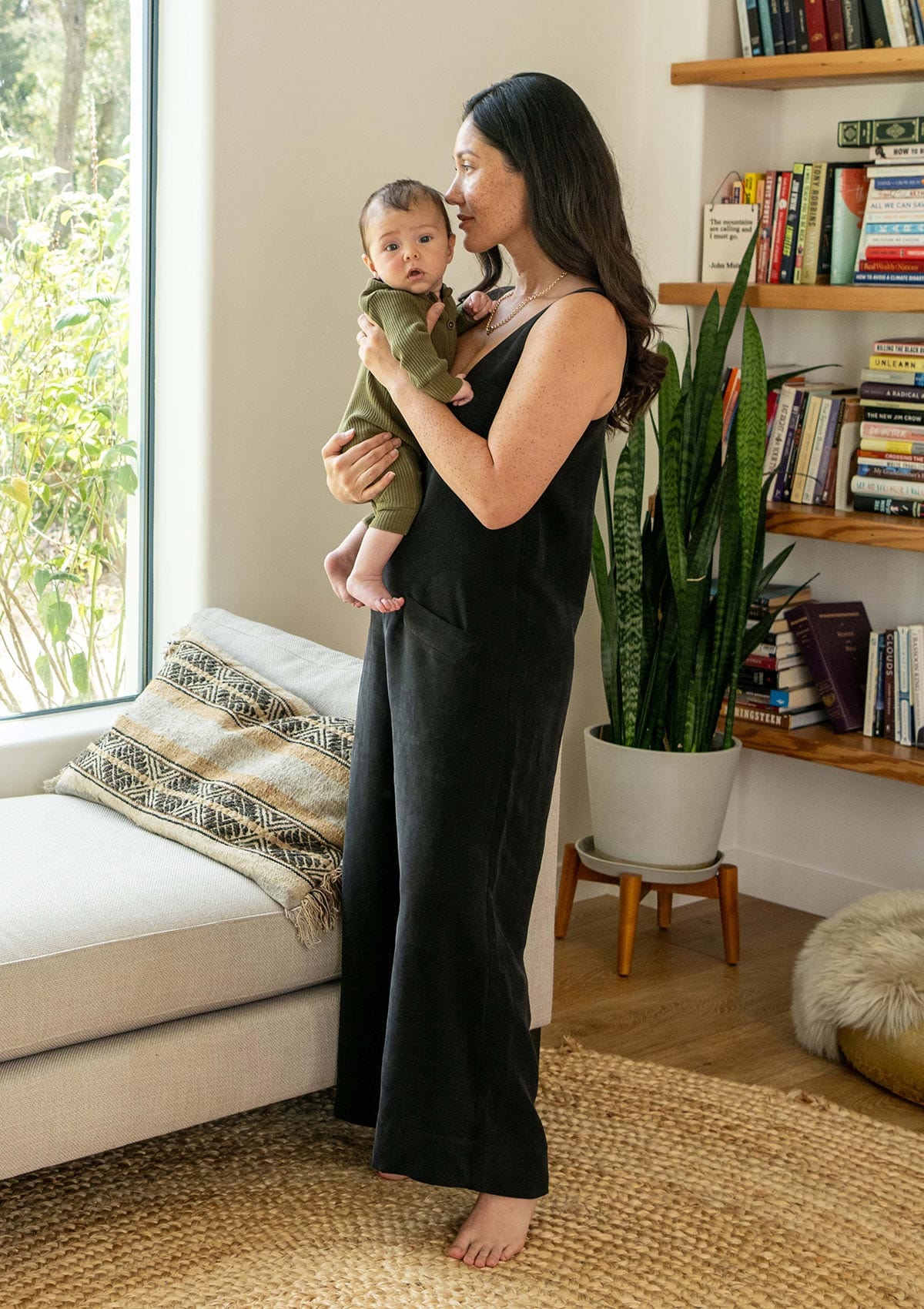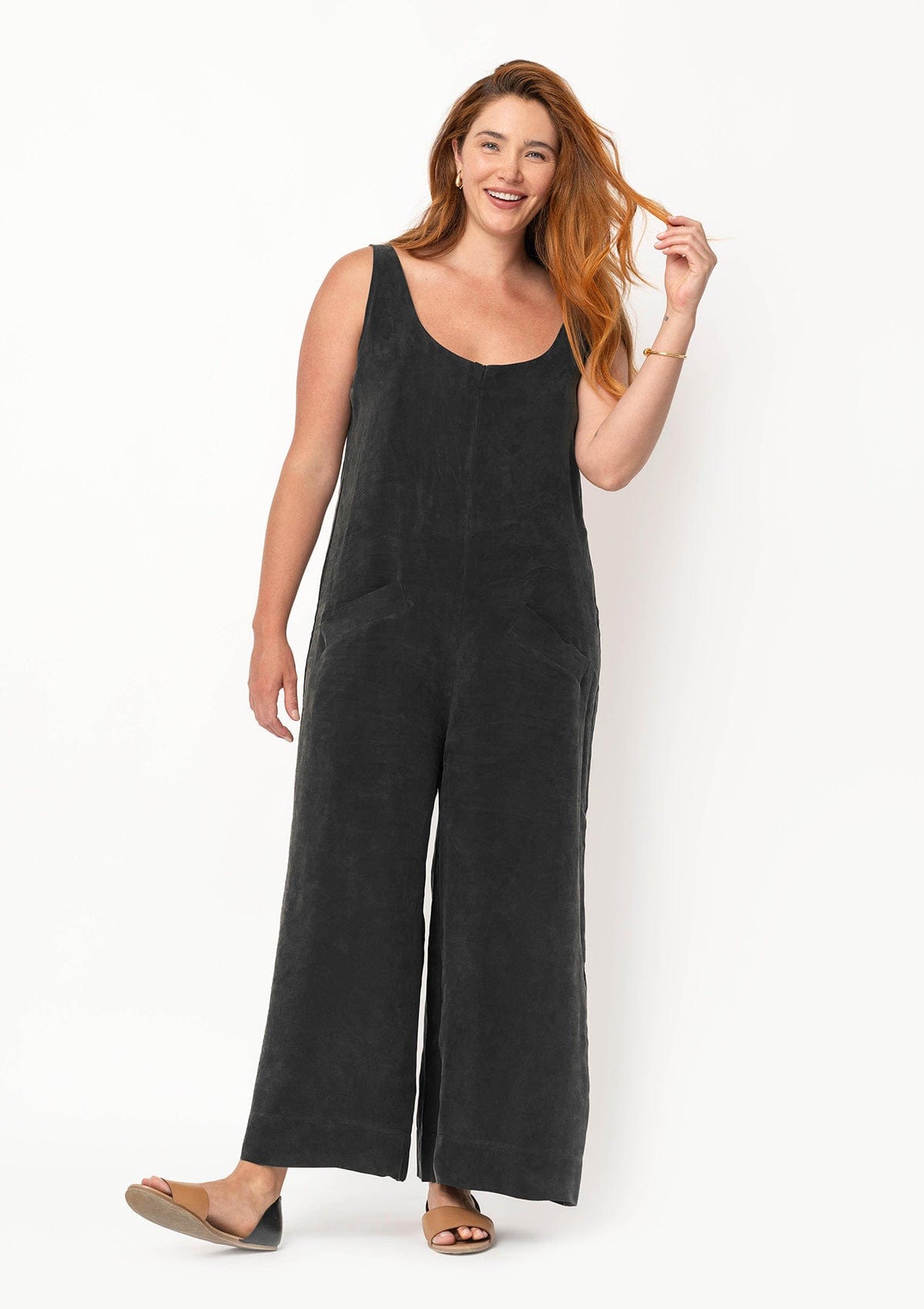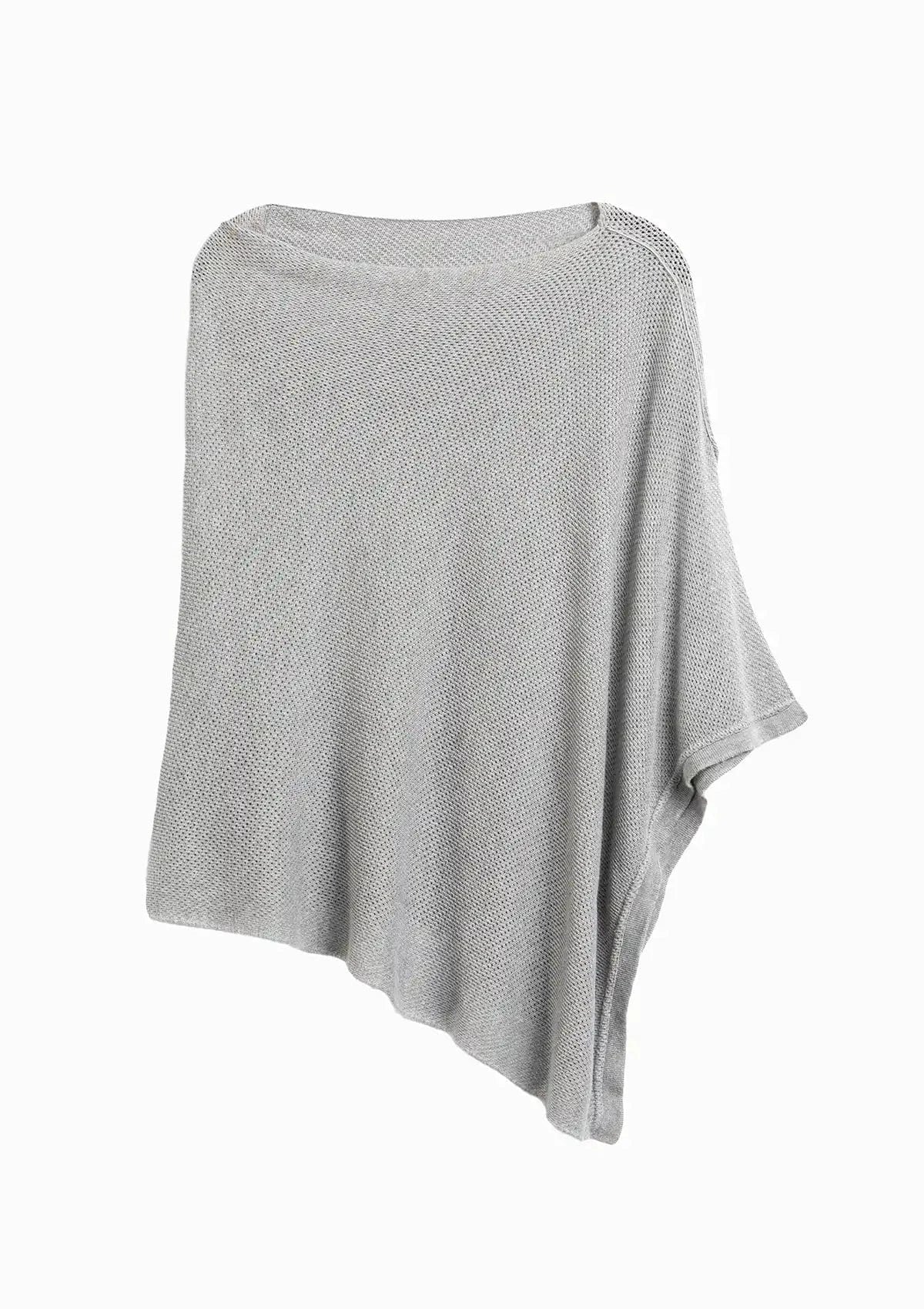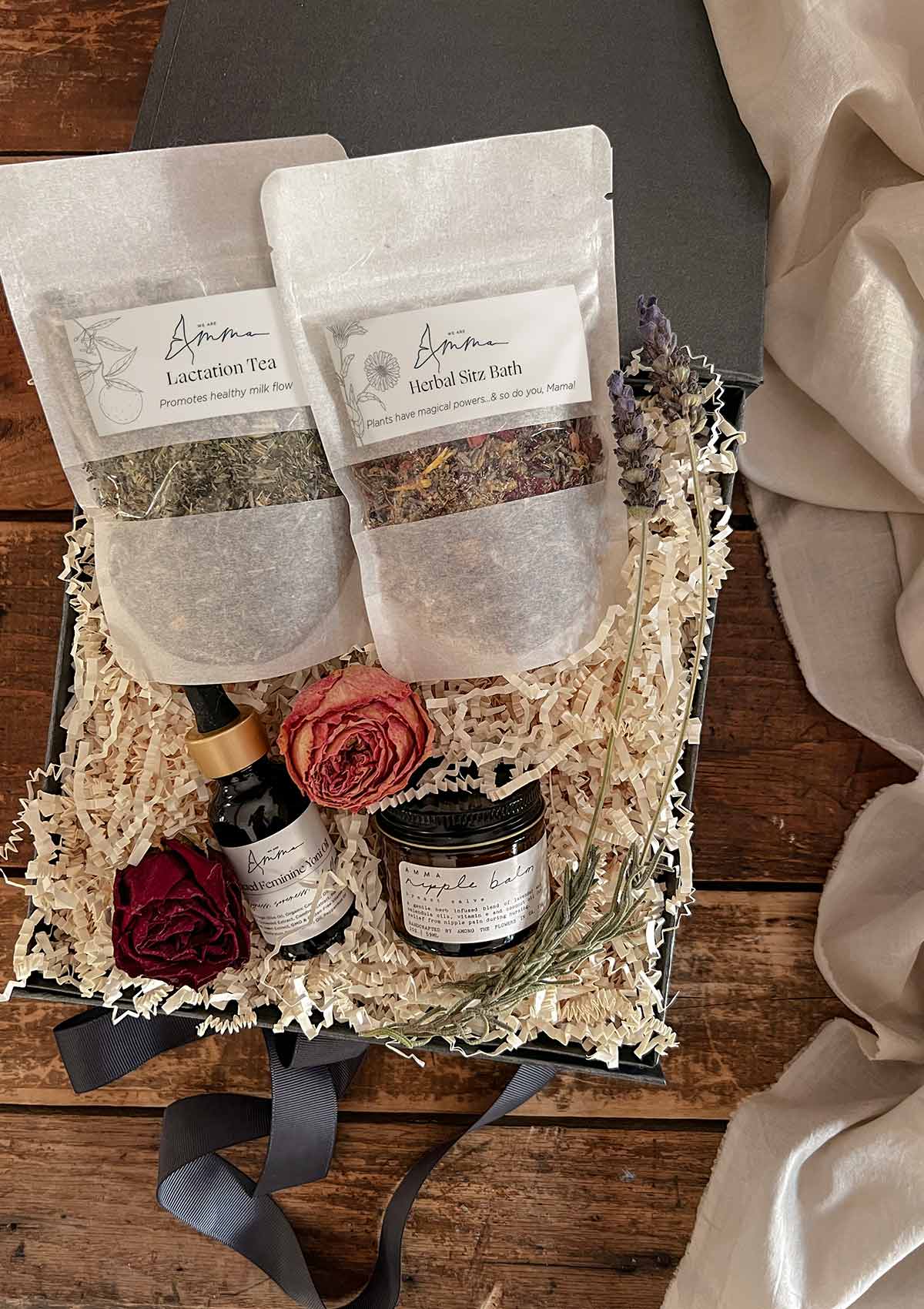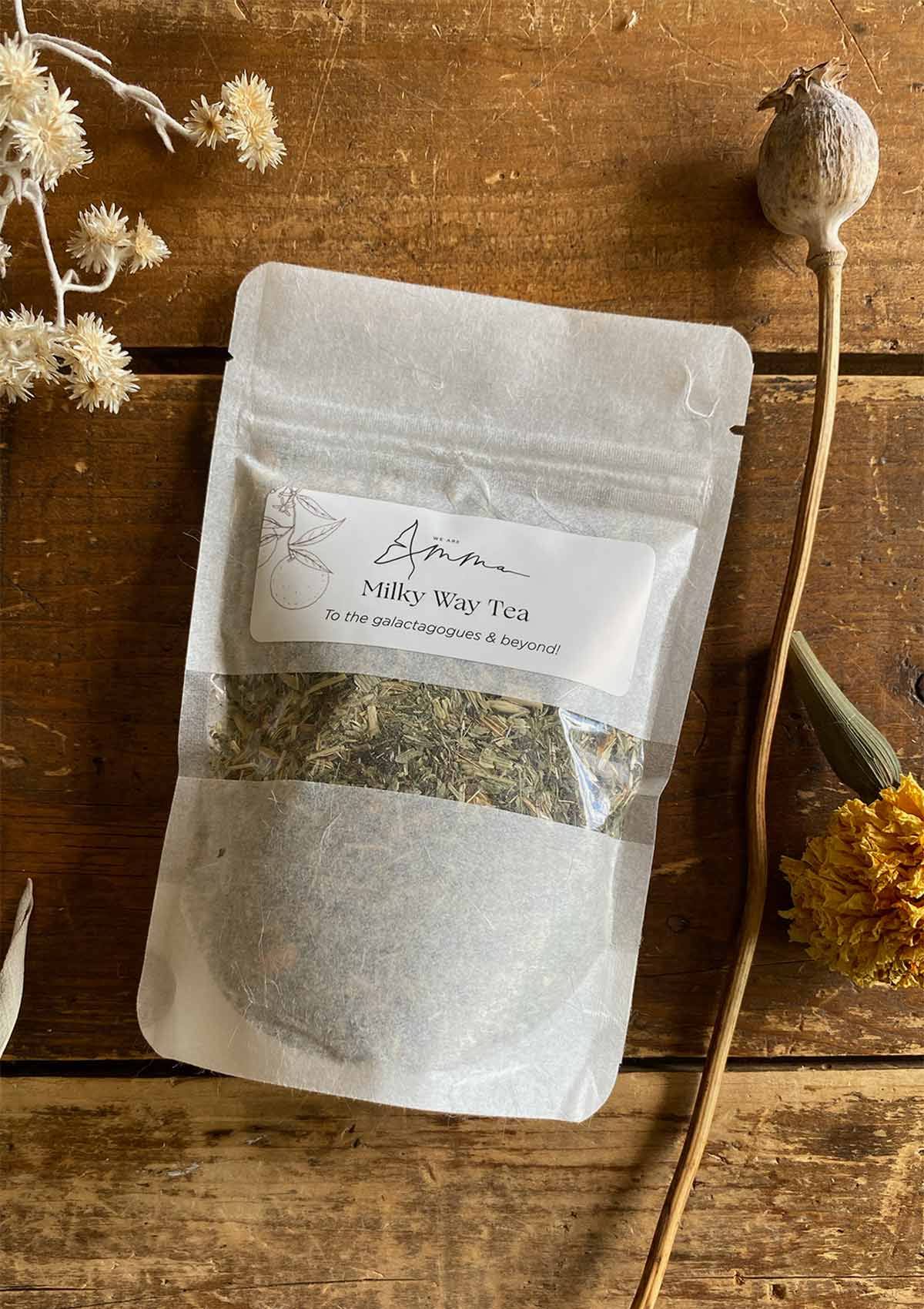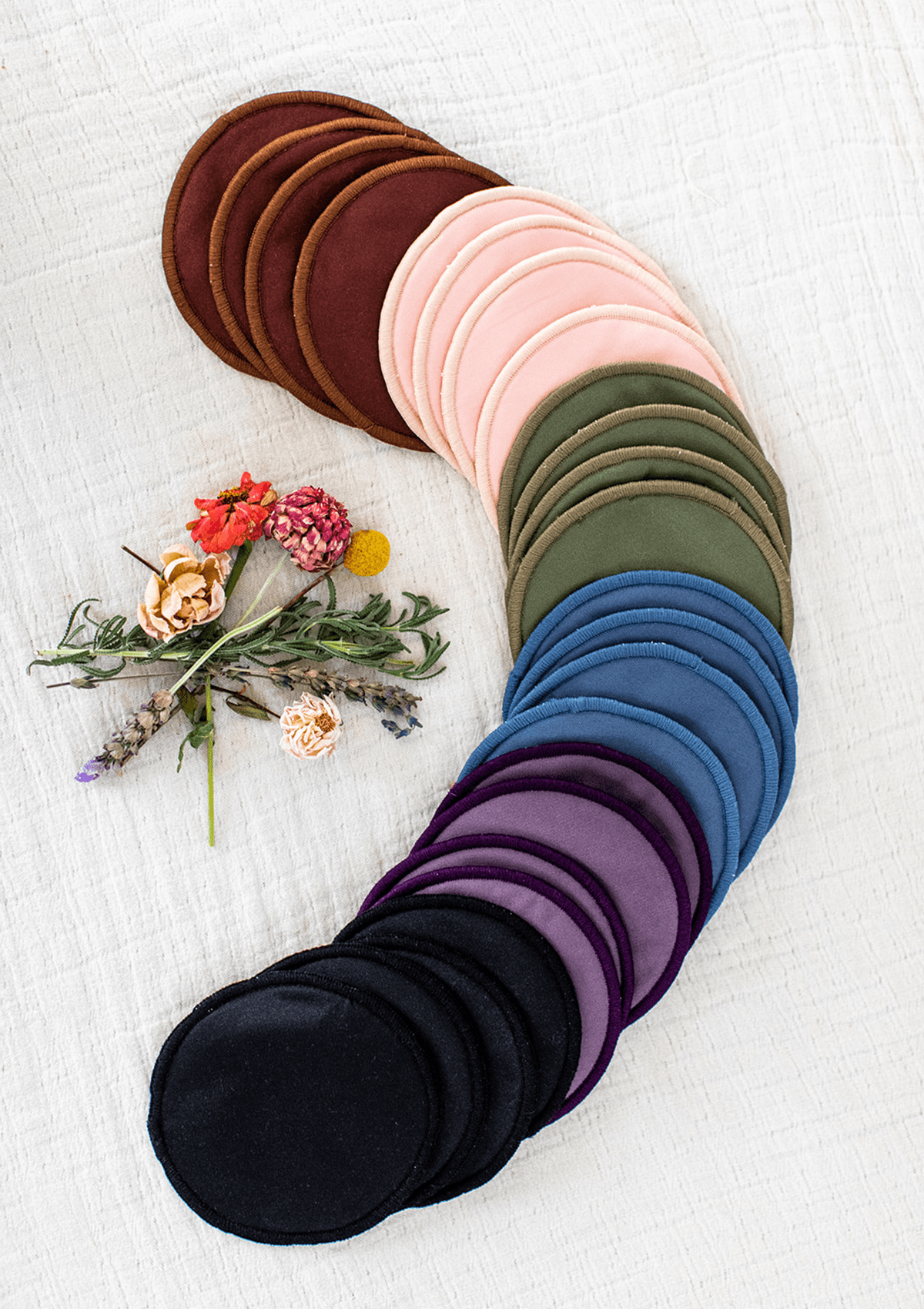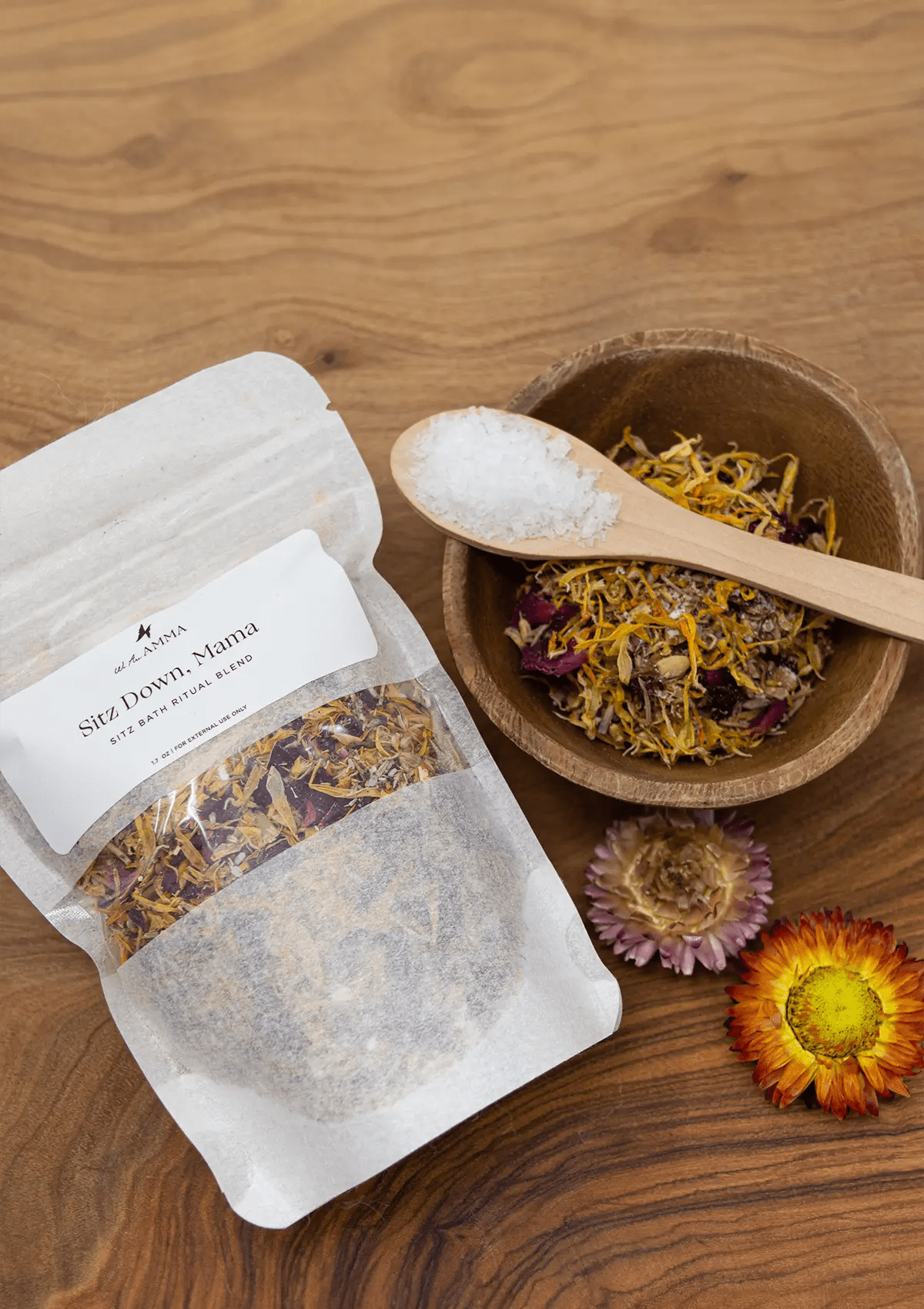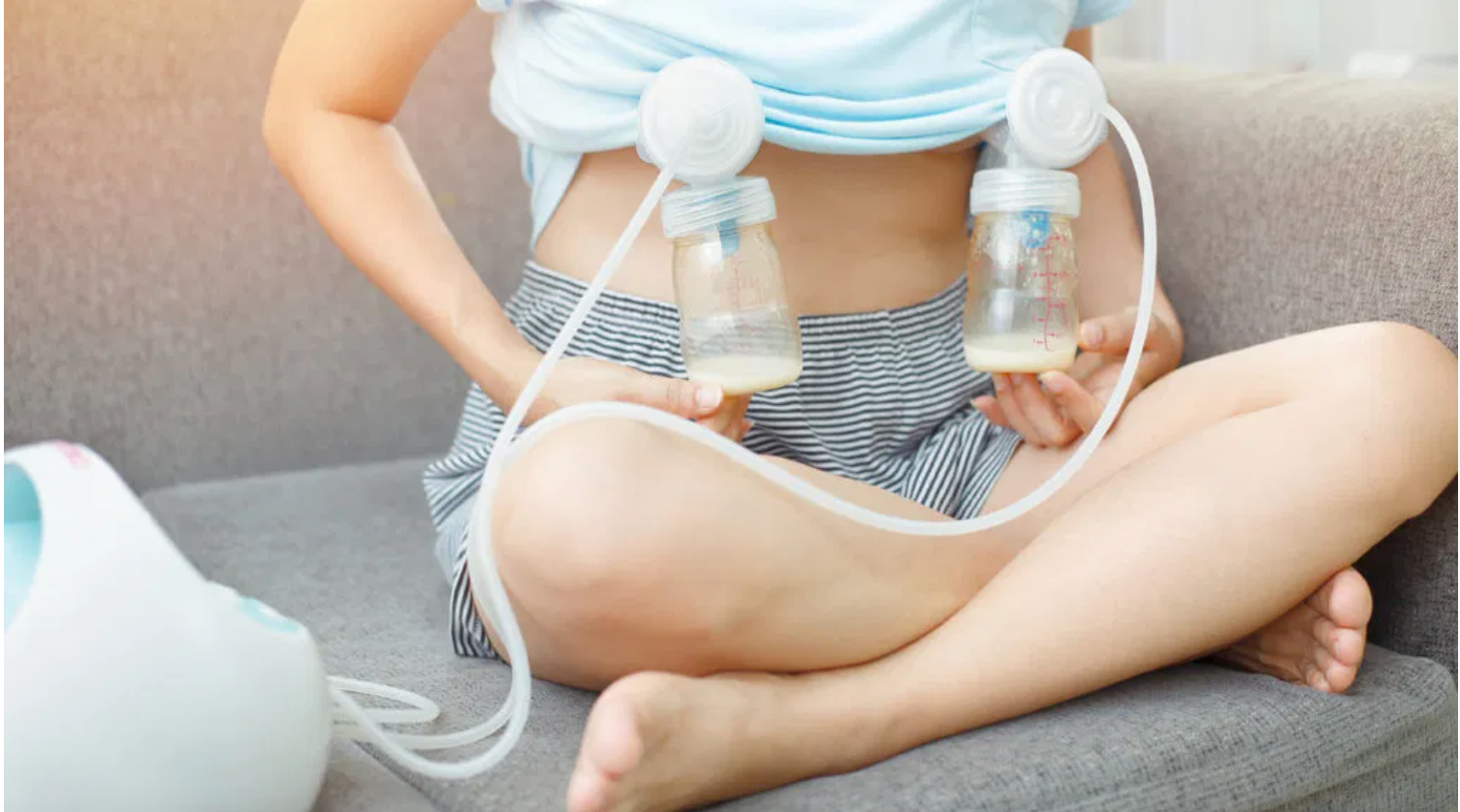
How To Get "Pumped" About Your Breast Pump: Easy Tips You'll Love
Flange size, electric vs. manual, open or closed, high lipase...oh my!
Whether you’re primarily feeding at the breast, doing a mix of breast and bottle, or exclusively pumping...learning the ins and outs of expressing milk can feel a bit overwhelming. Luckily it doesn’t have to be, it just takes a little advance planning and prep.
Let’s get pumped to pump!
(For the sake of brevity, we use the term “breastfeeding” to mean babe nursing directly from the breast and “pumping” to mean expressing milk for bottle feeding...but BOTH methods are considered breastfeeding!)
***************
First things first...you’ll need some gear to express milk, so let’s run down the list:
Electric breast pump
The exact pump you get is going to depend a lot on personal preference as well as how often you intend to use it. A double electric breast pump is one of the most common options, and there are several completely hands-free and wireless choices available now as well. We like the Spectra S1 and the Elvie, but there are tons of great models out there now!
Mama Pro Tip → your insurance plan will most likely cover most or all of the cost of a new breast pump (some plans will also cover replacement parts). Check out Aeroflow to make this process nice and easy!
Manual pump
A lot of mamas find a manual pump handy, since it’s usually easier to clean and set up...if you plan to only pump occasionally you might be able to get away with just this and no electric pump, or you can get both and have more flexibility!
Flanges (in the correct size)
Your pump will likely come standard with one or two sizes, but you might find that you need to order a special size for proper fit. You might also need a different size for each breast.
Extra parts
You’ll have to change out your duckbills, flanges, and other parts (depending on the type of pump you have) every 4-6 weeks if you pump regularly, to keep everything working efficiently. Your insurance might cover automatic shipments of parts, but otherwise it’s a good idea to keep a small stash of spares on hand.
Bottles
Gotta feed baby from something! You might also want a dedicated drying rack and cleaning brush for your bottles and pump parts.
Pump bag
Some open system pumps come built into their own bag, but you might need a separate bag for other pump styles. Look for one with insulated pockets, plenty of storage, and any other extras that fit your lifestyle (laptop pocket, etc.)
Milk storage bags
Some systems pump directly into special bags, like Kiinde, and others pump into bottles. We recommend decanting pumped milk into some kind of storage bag (the Lansinoh ones are great and durable) so you can maximize storage space...freeze the bags flat and then store them filed upright in bins. Until your babe is older, freeze in 2-3 oz amounts max to avoid waste (you can’t refreeze thawed breastmilk).
Mama Pro Tip → Label your milk bags with the date, quantity, and the time of day you pumped...milk composition changes throughout the day, and some mamas find it helpful to make the late-night bottles out of the fattiest milk so babe is satiated and sleeps longer! If you primarily breastfeed, you can also indicate if you pumped anything while babe was sick, since that milk may contain extra antibodies and you can give it to them next time they’re feeling under the weather.
Nipple balm
Apply your nipple ointment before you pump to help lubricate the delicate skin and avoid soreness. Our New Mama Bundle has an awesome all-natural nipple balm, plus delicious lactation tea...which brings us to...
Lactation snacks
Pumping is hard work, mama! Make sure you’ve got snacks nearby when you’re expressing, and look for options that contain “galactogogues”...ingredients that stimulate milk production.
Photo of baby
Oxytocin makes your milk flow more freely, and what boosts oxytocin more than gazing at your sweet babe? You can also keep their baby blanket or a piece of their clothing nearby; olfactory memories are powerful things.
- Hands-free pumping bra
It’s so not fun to have to hold your flanges on your boobs for 20+ minutes every time you pump; get a good quality bra that will keep all your parts in place for you (kindred bravely option?)
If you’re pumping at work or in public, you’ll probably want a chic cover on hand, but even if you’re at home, it’s important to be warm and comfortable for maximum milk output. Also, if you’re fretful about supply, studies have shown that wearing a cover can actually improve milk yield while pumping because you won’t be stressing about how much the bottles are filling up...out of sight, out of mind!
Hand sanitizer
Clean hands are really important when pumping...wash your hands and apply sanitizer before touching your pump parts or your breasts to keep everything safe for babe.
Massager
If you need a little help with your letdown, or if you’re prone to clogged ducts/mastitis, a massager like the Lavie can be helpful
Cleaning wipes
The CDC recommendation is to thoroughly wash your pump parts between uses, but let’s be real...sometimes we just don’t have the time or resources. Cleaning wipes are a good compromise; give everything a once-over after you’re done pumping and then put all the parts in the fridge until your next sesh.
***************
OK, you’ve got your supplies...so how do you actually use everything? Read the manual, ask your lactation consultant or your doula to give you a tutorial, or see if the brand has any instructional videos for your specific pump. We love following Karrie Locher on Instagram; she’s a nurse who has tons of helpful tips on pumping saved in her highlights and is constantly adding new info.
Mama Pro Tip → generally speaking, high speed + low suction will trigger a letdown, and medium speed + high suction extract the most milk. When you see your flow decreasing, switch your pump to letdown mode again until the flow picks back up, then lower the speed and increase the suction. You’re trying to mimic your baby’s natural rhythms!
***************
You’re an expert on your breast pump now (yay!), so when should you start pumping?
This depends on whether you’re primarily breastfeeding, doing a combo, or exclusively pumping (EP). If you aren’t EP, you shouldn’t pump until about 4-6 weeks after birth...it could mess with your supply, and as long as babe is healthy and full-term, putting them to breast for the first month or two helps regulate your supply and also helps your milk respond to their individual needs. If your kiddo is in the NICU, otherwise unable to breastfeed, or you are EP, you’ll want to pump ASAP after birth. You can even pump and save that precious colostrum (freeze in special syringes) to give your baby all the liquid gold goodness.
EP mamas, here are tips on reaching and maintaining healthy milk production:
- Pump within 6 hours of giving birth (you won’t get much at first; likely just colostrum)
- Pump 8-10 times every 24 hours (this is how often your baby would typically breastfeed), and make at least two of these sessions between 1:00 am and 6:00 am when prolactin levels are highest
- Use a double pump to stimulate both breasts simultaneously
- Each session should be at least 10-20 minutes long until your milk comes in (usually between days 3 and 5 post-birth), and finish each session by hand expressing
- Once milk comes in, add a couple minutes to your pumping sessions
- Focus on your total # of pumping sessions and the daily total volume of milk rather than exact scheduled intervals...25 to 35 oz per baby per 24 hours is the goal. Once you hit that, you might be able to pump less often and for shorter durations (just keep an eye on your production and make adjustments if your supply drops)
Mama Pro Tip → so you’re mostly breastfeeding, and your baby is hungry right after you’ve pumped. Go ahead and put them to breast! Your breasts are never really “empty” (even though we toss that phrase around); milk is produced on a supply/demand basis and if your babe is patient enough they will trigger more letdowns and get the milk they want, no problem.
Common Questions
How long does breastmilk keep? → Here are the CDC guidelines for proper storage of expressed milk. Print the chart and stick it on your fridge for easy reference!
Why does my milk smell funny? → if you’ve stored it correctly but it smells spoiled or soapy, high lipase is probably to blame. It’s perfectly safe for baby but they might be put off by the odor or taste, so check out these tips for combating lipase issues.
Mama Pro Tip → check for high lipase early in your pumping journey so you don’t end up with a freezer full of milk your baby won’t drink! But if you do have milk that’s past its prime, don’t throw it out...do a milk bath instead!
I barely get anything when I pump...do I have low supply? → no pump will ever be as efficient at getting milk out of your breast as a baby, so just because you don’t see much in the bottles doesn’t necessarily mean anything re: your supply! But there are some things you can do to troubleshoot low output:
- Replace old or worn out pump parts
- Make sure your flanges are fitting properly (this can change over time!)
- Pump first thing in the morning when prolactin levels are highest
- Increase frequency of pumping sessions
- Increase duration of pumping sessions
- Massage your breasts (with your hands or a massager) before and during pumping sessions
- Hand express after pumping
- See a lactation consultant for additional assistance and recommendations
Above all, try not to stress, since that can impact breastmilk production as well! You’re kicking ass, mama...and you got this!
I have an oversupply, what do I do? → the best thing to do would be to visit with a lactation consultant who can help you with planning your pumping sessions so you can maintain a healthy supply without creating an oversupply (which can lead to clogged ducts or mastitis...no fun!) If you still end up with leftover milk, consider donating it to a milk bank to help other mamas!
What are the laws about pumping breastmilk at work? → most workplaces are legally required to give pumping mothers a reasonable break and private space to pump, so don’t be afraid to advocate for yourself! Even employers who aren’t covered under the federal law are probably willing to work with you on your needs. It can be challenging to get milk flowing (chilly cubicles don’t exactly scream “relaxing”), but these suggestions will help you get into the groove.
I love my coffee and the occasional glass of wine...do I have to pump and dump? → short answer? NO! The amount of alcohol and caffeine that passes into breastmilk is negligible so you are fine to have a cup of joe or a couple cocktails and still feed your baby. The longer answer is that some babies will have sensitivities to the presence of caffeine, alcohol, or certain foods that mama consumes, and younger babes may be more sensitive, so you may need to adjust accordingly (but don’t dump the milk...you can always do a milk bath or see if baby can take it when their digestive systems are more mature). The general rule of thumb for booze is that if you are sober enough to drive, your breastmilk will be perfectly safe for baby to consume. For more info, check out these common breastfeeding myths from Dr. Jack Newman and this article from KellyMom.
I pump 25 - 35 oz every day but my babe powers through their bottles and I can’t keep up...should I pump more? → babies don’t have to work as hard to get milk out of bottles as they do out of boobs, so they might eat faster or overeat. Paced feeding with a slow flow nipple (look for nipples labeled “newborn” or “size 0+”) can help mimic the natural rhythms of breastfeeding and avoid overconsumption.
Mama Pro Tip → contrary to popular belief, you really don’t need a massive “freezer stash” if you’re pumping (even if you’re EP)...if you pump daily you only need to produce as much as baby will need the next day. Plenty of women successfully EP for years with this approach, so don’t stress if you don’t have a backstock!


